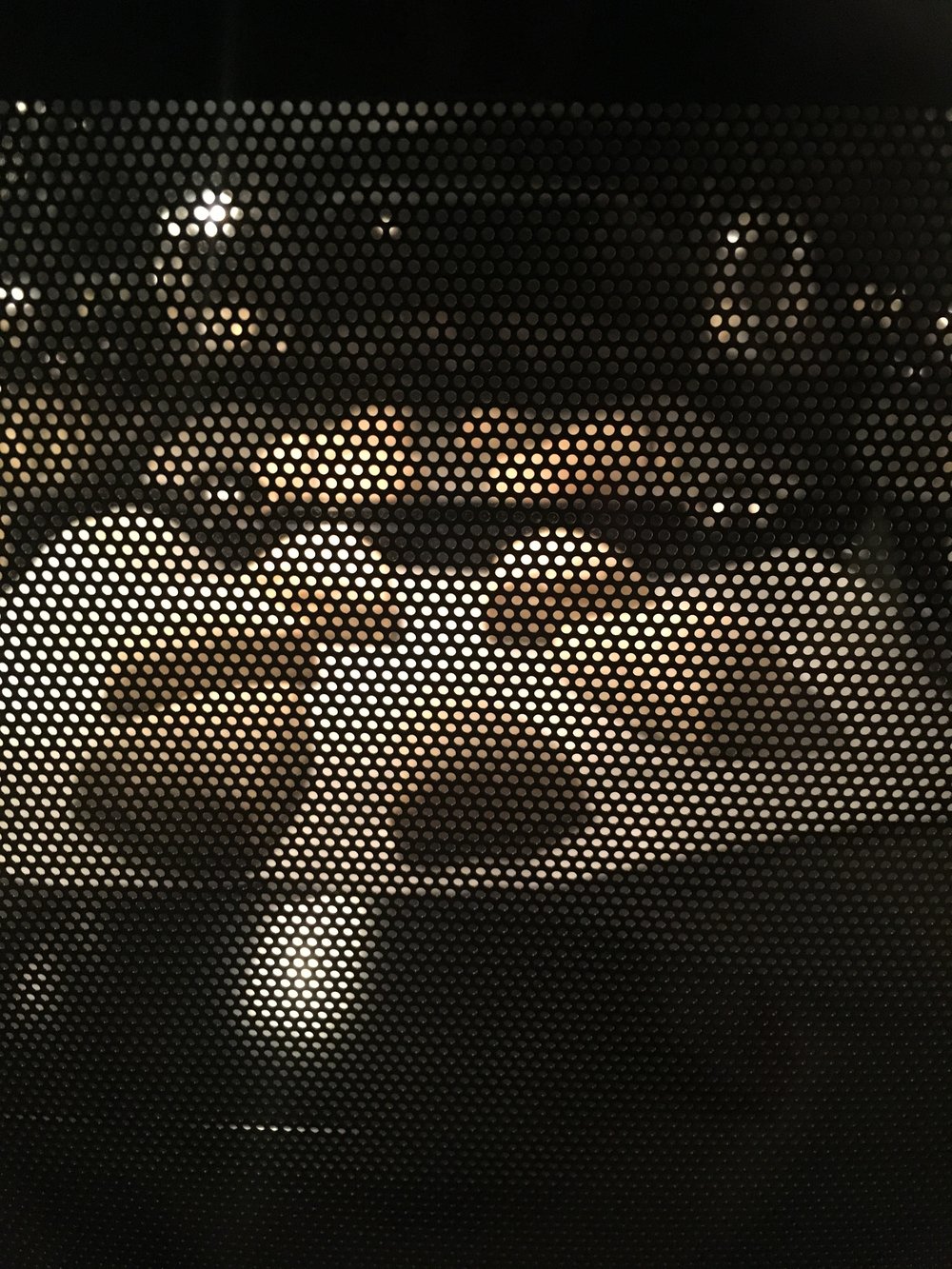It’ been quite sometime I didn’t make ravioli right?! And I couldn’t wait any longer to train again… in prevision of my visit to Tuscany next month… And with beautiful shiitake, kabocha season and delicious Isumi pork, it was easy to decide what the fillingwould be: it will be all or nothing! Indeed kabocha and shiitake are a great match, the pork is optional but it had really the perfect balance: sweet and savory! So the recipe is rather simple:
Kabocha and shiitake ravioli:
– 1/4 of kabocha
– 6 shiitake
– 100g of ground pork meat
– 1 egg
– 150g of flour
– olive oil
– water
– salt and pepper
Steam the kabocha and puréed it. Dice the shiitake and roast them in a very little bit of olive oil or nothing. Add them to the kabocha purée. For the pork meat, just cook it in a pan until golden, and add to the mix. Salt, pepper and that’s it. For the pasta I used 150g of flour and 1egg, a little of olive oil and water. It made about 35 large ravioli. I also prepared a little mix of olive oil and parsley to top them and it was really de-li-cious… I’m really crazy about Italian food! And when it is mixed with Japanese…






